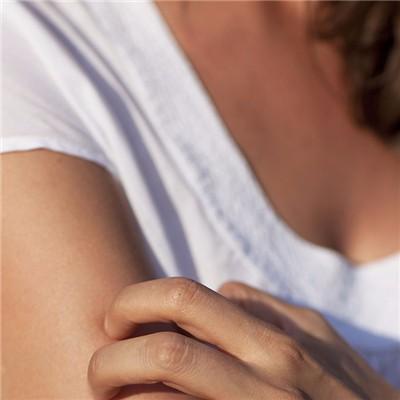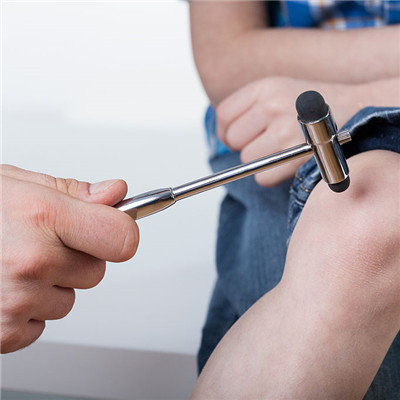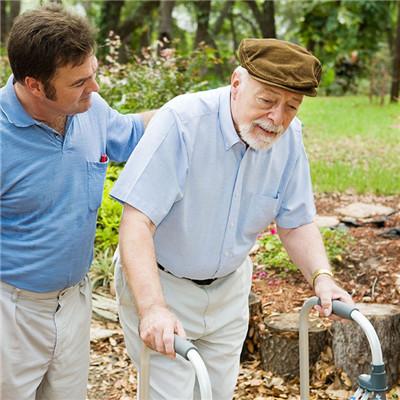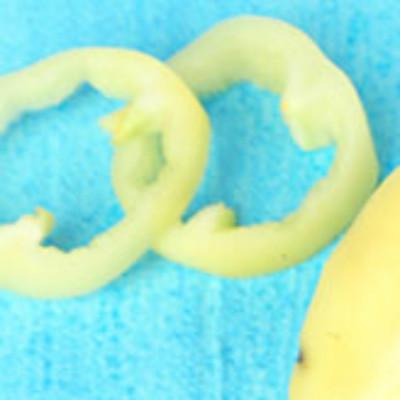How to diagnose cerebral palsy in children
summary
Although diseases like cerebral palsy in children are not common in life, many people have heard of them. But what are the symptoms of cerebral palsy in children? How to make a diagnosis? This is very important for the family, because only by finding the child's condition and making a diagnosis in time can we have the most timely and effective treatment, and help your child recover as soon as possible. Let's talk about it.
How to diagnose cerebral palsy in children
1. Autism: some autistic children walk on their toes, sometimes mistaken for cerebral palsy spasm. But physical examination can find no contracture of Achilles tendon, no obstacle in dorsiflexion of foot, no hyperactivity of tendon reflex and no pathological reflex, which can be differentiated from cerebral palsy.

2. Congenital ligament laxity: the main manifestation of the disease is that the development of large movement is backward, especially when walking alone is delayed, unstable, easy to fall, and hard to go up and down stairs. Sometimes it is mistaken for cerebral palsy, but the main manifestations of this disease are obvious enlargement of joint range of motion, excessive extension, flexion, internal rotation or external rotation, normal muscle strength, normal tendon reflex, no pathological reflex, no mental retardation or convulsion. Sometimes they have a family history. With the increase of age, the symptoms gradually improved.

3. Trisomy 21, also known as Down syndrome, is the most common autosomal disease. According to its special face and abnormal signs, the diagnosis is not difficult. But some cases of neonatal symptoms are not obvious, only the performance of reduced activity, facial expressionless, no interest in the surrounding, muscle tension is significantly low, muscle weakness, sometimes can be mistaken for cerebral palsy type of low muscle tension, but the knee reflex is weak or difficult to lead out, which is obviously different from cerebral palsy, and the Moro reflex is weak or unable to lead out. The diagnosis of this disease can be made by chromosome examination.

matters needing attention
Diseases such as cerebral palsy in children are easily confused with other types of cerebral palsy syndrome. Parents must learn the above knowledge, which will be very helpful for the diagnosis of your child's diseases. I hope parents can care about every problem they encounter in their children's growth stage, so that your children can grow up in a safe environment! I wish your children can recover as soon as possible! I wish your family can be happy!














